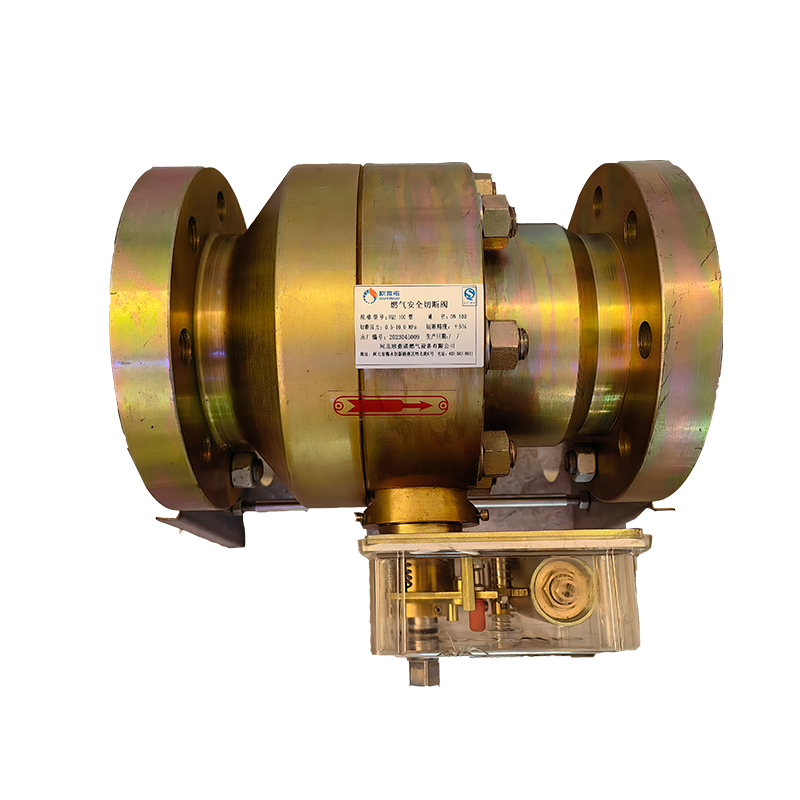
Oct . 02, 2024 10:38
Back to list
Gas Pressure Regulation Valve for Enhanced Control and Efficiency in Gas Systems
Understanding Gas Pressure Reducing Valves
Gas pressure reducing valves (PRVs) are critical components in various industries that involve the use of gas systems. These devices are designed to regulate and reduce the pressure of gas coming from a high-pressure source to a lower, usable level, thereby ensuring the safety and efficiency of gas delivery systems. This article aims to provide a comprehensive understanding of gas pressure reducing valves, their importance, functioning, applications, and maintenance.
What is a Gas Pressure Reducing Valve?
A gas pressure reducing valve is a mechanical device that automatically reduces and maintains the pressure of gas flowing through a pipeline. When gas is transported from one location to another, it often encounters various pressure levels that can exceed the operational needs of downstream equipment. High pressure can be dangerous and can lead to failures in gas systems, making pressure regulation essential.
Typically designed with a diaphragm or piston mechanism, PRVs work by sensing downstream pressure. When the downstream pressure exceeds the set limit, the valve moves to reduce the flow of gas, thus controlling the pressure. Conversely, when the pressure drops below the desired level, the valve opens, allowing more gas to flow through.
Importance of Gas Pressure Reducing Valves
1. Safety One of the primary reasons for employing a pressure reducing valve is safety. High pressure can cause equipment damage, gas leaks, and even explosions. PRVs help mitigate these hazards by ensuring that gas pressure stays within safe operational limits.
2. Efficiency By maintaining optimal gas pressure, these valves enhance the efficiency of gas usage in various applications. Proper pressure helps in effective combustion processes, leading to reduced fuel consumption and lower operational costs.
3. Equipment Protection Many industrial machines and processes are sensitive to pressure variations. Using PRVs protects downstream equipment from damage caused by sudden spikes in pressure, thus extending their lifespan and reducing maintenance costs.
4. Regulatory Compliance Many industries are required to meet strict safety and operational standards. Installing gas pressure reducing valves helps companies comply with these regulations, ensuring safe and efficient operations within legal frameworks.
Applications of Gas Pressure Reducing Valves
Gas pressure reducing valves find applications in numerous sectors, including
gas pressure reducing valve

- Utilities In the utility sector, PRVs are essential for the distribution of natural gas to residential and commercial users. They ensure that the gas delivered to end users is at a safe pressure.
- Manufacturing Many manufacturing processes require specific gas pressures for optimal performance. Industries such as petrochemical, food and beverage, and pharmaceuticals utilize PRVs to control gas flows and pressure levels.
- HVAC Systems In heating, ventilation, and air conditioning systems, PRVs are employed to manage gas supplies for boilers and furnaces, ensuring efficiency and safety in heating applications.
- Welding and Cutting In welding operations, specific gas pressures are crucial for effective and safe processes. PRVs are used to maintain these pressures in cutting and welding equipment.
Maintenance of Gas Pressure Reducing Valves
Regular maintenance of gas pressure reducing valves is crucial to ensure their long-term reliability and functionality. Some key maintenance practices include
1. Periodic Inspection Regular inspections should be conducted to check for any signs of wear, leaks, or corrosion. Visual inspections can help identify issues before they become significant problems.
2. Testing and Calibration PRVs must be tested periodically to verify their accuracy in pressure regulation. Calibration ensures they maintain the correct pressure settings as per the operational requirements.
3. Cleaning Dust and debris can hinder the performance of PRVs. Routine cleaning of the valve and surrounding areas can help prevent blockages and ensure smooth operation.
4. Professional Servicing Engaging qualified professionals for regular maintenance and servicing of gas pressure reducing valves is recommended to address any complex issues that might arise.
Conclusion
Gas pressure reducing valves are vital in managing and controlling gas pressure in various applications. Their importance extends beyond just regulation; they enhance safety, efficiency, and compliance in gas systems. Understanding the functionality, applications, and maintenance of these valves is essential for industries relying on gas services. By prioritizing the proper installation and regular upkeep of gas pressure reducing valves, organizations can ensure safer and more efficient operations in their gas-related activities.
Next:
Latest news
-
Safety Valve Spring-Loaded Design Overpressure ProtectionNewsJul.25,2025
-
Precision Voltage Regulator AC5 Accuracy Grade PerformanceNewsJul.25,2025
-
Natural Gas Pressure Regulating Skid Industrial Pipeline ApplicationsNewsJul.25,2025
-
Natural Gas Filter Stainless Steel Mesh Element DesignNewsJul.25,2025
-
Gas Pressure Regulator Valve Direct-Acting Spring-Loaded DesignNewsJul.25,2025
-
Decompression Equipment Multi-Stage Heat Exchange System DesignNewsJul.25,2025

